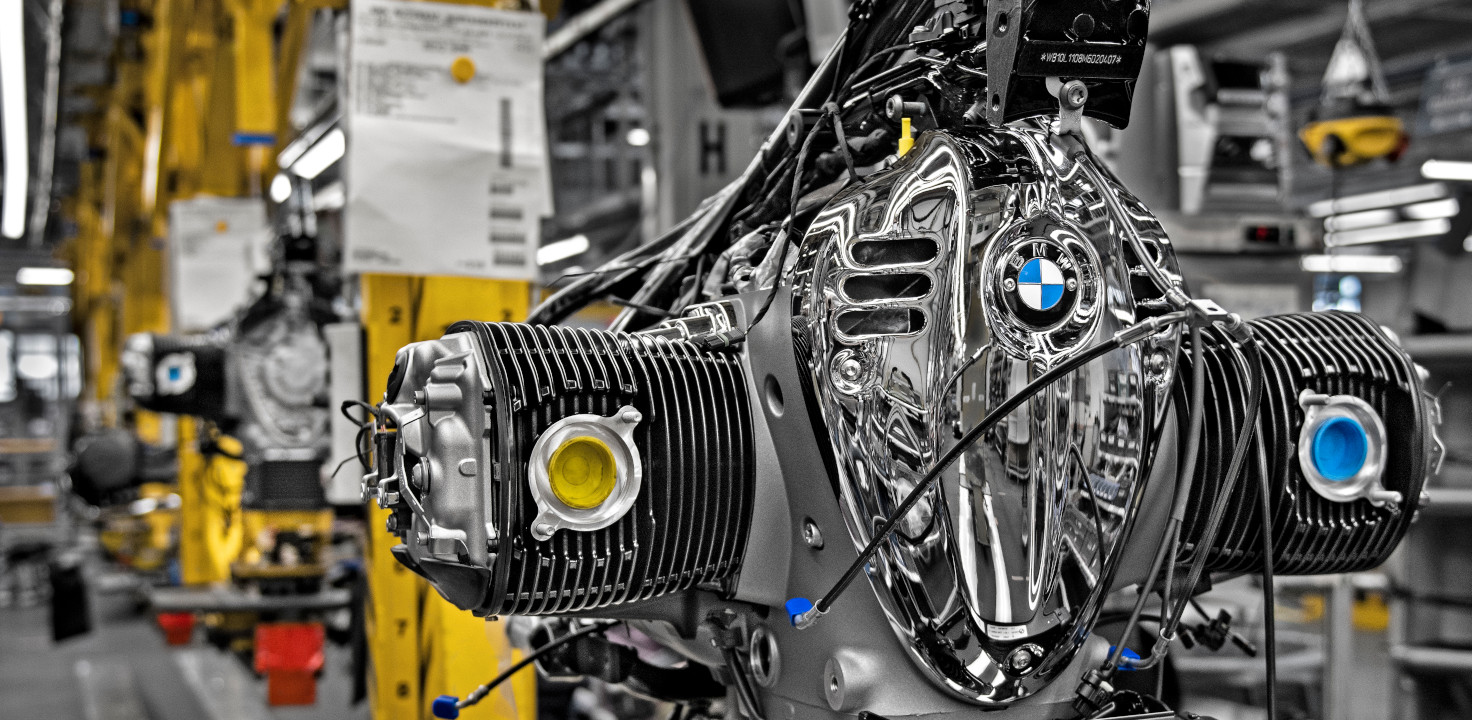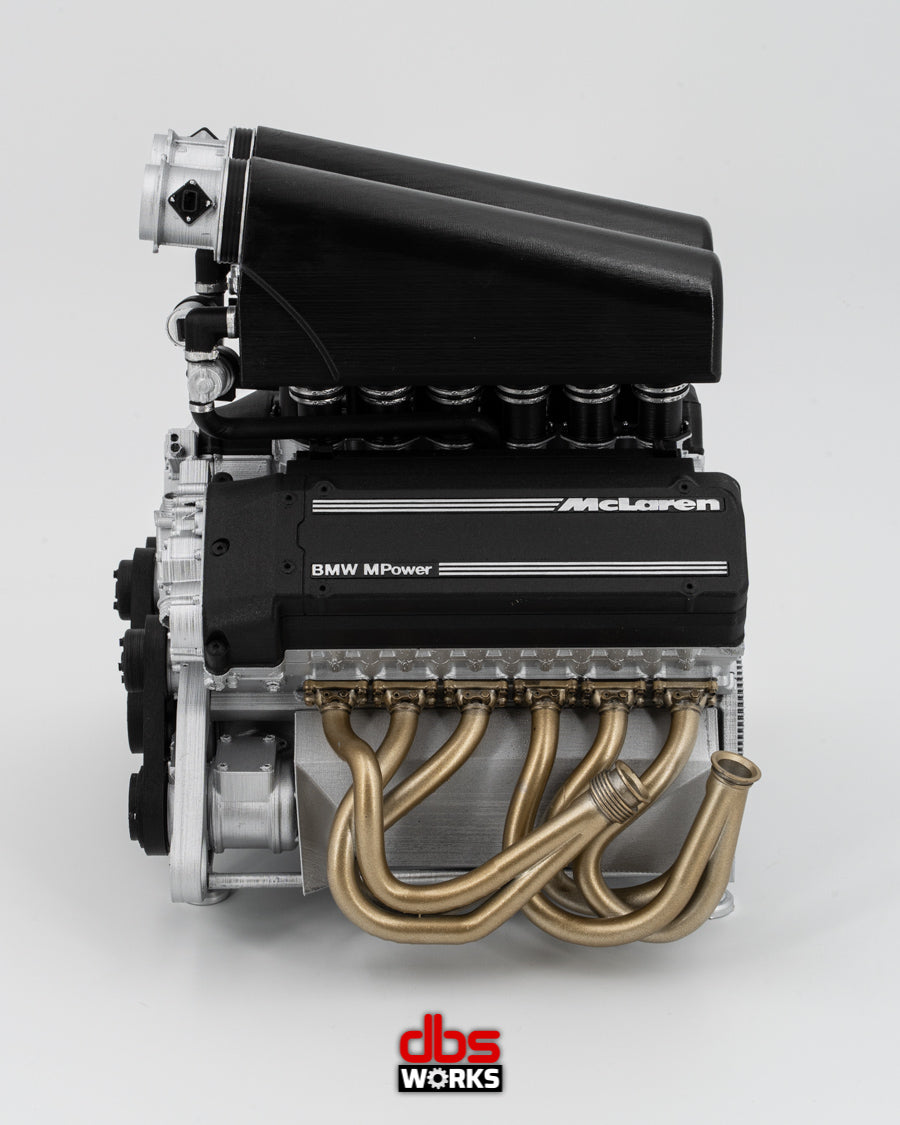Checking Out the Evolution of Burning Engines in Modern Transport Equipments
As we browse the landscape of contemporary transport, the development of combustion engines stands as a testament to human ingenuity and engineering expertise. From their modest beginnings to the advanced giants driving vehicles today, burning engines have actually gone through an exceptional journey of advancement and adjustment. Understanding the intricacies of this development not only clarifies the past but additionally leads the way for envisioning what exists ahead in the realm of transport innovation. The interaction of background, innovation, and ecological issues in forming the trajectory of burning engines creates a story that is both compelling and informative.
Early Beginnings of Combustion Engines
Just how did the concept of burning engines very first emerge in the early phases of transportation advancement? The origins of combustion engines can be traced back to the 17th century when the concepts of internal burning were first discovered.
The development moment included the invention of the first successful gasoline-powered engine by Karl Benz in 1885 - bmw engine. This engine led the way for the development of the contemporary automobile, revolutionizing transport systems worldwide. Succeeding technologies by Nikolaus Otto and Gottlieb Daimler better refined burning engine innovation, resulting in the mass production of cars and the rapid growth of the transportation industry
These very early burning engines were characterized by their simpleness and performance, laying the foundation for the complex and powerful engines used in contemporary transport systems. The evolution of combustion engines has actually contributed fit the way we travel and deliver items, marking a significant turning point in the background of transportation growth.
Change to Internal Combustion Modern Technology
The change to interior burning modern technology noted a crucial change in the development of transport systems. This shift began in the late 19th century, with inventors like Nikolaus Otto and Gottlieb Daimler developing the first effective internal burning engines. These engines revolutionized transport by offering an extra effective and effective choice to heavy steam engines and electrical motors.
Among the key advantages of interior combustion engines was their capability to be reduced to suit lorries, resulting in the growth of motorbikes and autos. This shift from bulky, fixed engines to portable, mobile ones led the way for the modern transportation systems we see today.
The change to inner combustion technology additionally spurred improvements in gas modern technology, causing the development of gas and diesel as primary gas sources for automobiles. This shift not only made transportation extra easily accessible to the masses yet additionally laid the foundation for the oil and gas market to come to be indispensable to international economies.
Impact of Combustion Engines on Transportation
The adoption of burning engines in transportation systems catalyzed an extensive change in the performance and rate of worldwide mobility. Burning engines transformed transport by supplying a reliable and versatile resource of power for numerous lorries, including vehicles, ships, vehicles, and planes. This technology dramatically enhanced the ability for products and individuals to conform cross countries in shorter amount of time, resulting in increased connectivity between regions and countries.
Moreover, the prevalent usage of burning engines has actually had a substantial effect on economic advancement. The capability to deliver goods successfully has actually spurred profession and business, permitting organizations to increase their markets and get to consumers worldwide. This has actually helped with financial development and globalization, as items can now be transferred quicker and in larger quantities than ever.
However, the environmental effect of burning engines can not be forgotten. The burning of nonrenewable fuel sources has actually caused air pollution and greenhouse gas exhausts, adding to climate modification and presenting health dangers to populations. bmw engine. Because of this, there is an expanding focus on establishing different propulsion modern technologies to minimize these unfavorable impacts and create an extra lasting future for transportation
Advancements in Combustion Engine Design
One noteworthy innovation is the advancement of turbocharged engines, which make use of exhaust gases to drive a wind turbine that presses incoming air, permitting for more fuel to be burned, resulting in raised power outcome without a substantial increase in engine size. Variable valve timing systems have actually additionally transformed engine design by maximizing air movement at different engine speeds, enhancing both power and effectiveness. These advancements collectively add to the continual renovation of burning engines in modern-day transport systems.
Future Patterns in Burning Engine Advancement
With modern technology improvements driving continual technology, the future of combustion engine advancement is poised to revolutionize transport systems worldwide. One of the vital patterns in burning engine growth is the push in the direction of higher efficiency and decreased exhausts.
An additional prominent pattern is the adoption of crossbreed technologies in combustion engines. Hybrid engines combine traditional combustion technology with electrical power, offering boosted fuel performance and lower emissions. As the automotive market changes towards electrification, hybrid combustion engines are viewed as a transitional service that bridges the gap in between standard vehicles and totally electrical ones.
Furthermore, the combination of wise dig this modern technologies, such as expert system and data analytics, is anticipated to play a substantial duty in the future of burning engine growth. These technologies can optimize engine performance in real-time, leading to more efficient combustion processes and improved general car performance. Accepting these future patterns will not only drive development in combustion engine development yet additionally contribute to a much more sustainable and eco-friendly transport ecological community.

Final Thought
In final thought, the evolution of burning engines in modern-day transportation systems has actually been noted by considerable developments in technology and layout. From the very early beginnings of burning engines to the change to interior combustion modern technology, these engines have had a profound influence on transportation.
The roots of burning engines can be you can try this out traced back to the 17th century when the principles of inner combustion were initial discovered. These engines reinvented transportation by supplying a much more efficient and effective choice to vapor engines and electric motors.

Comments on “Introducing the Tricks Behind the Power of the BMW Engine”